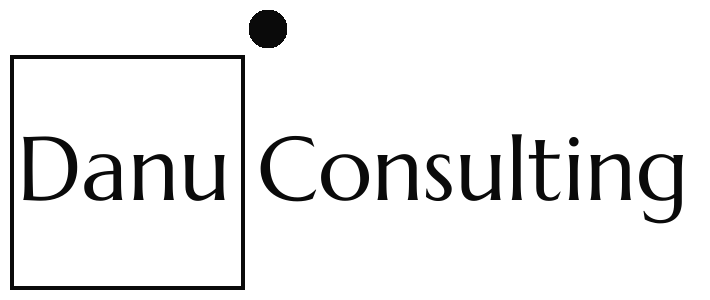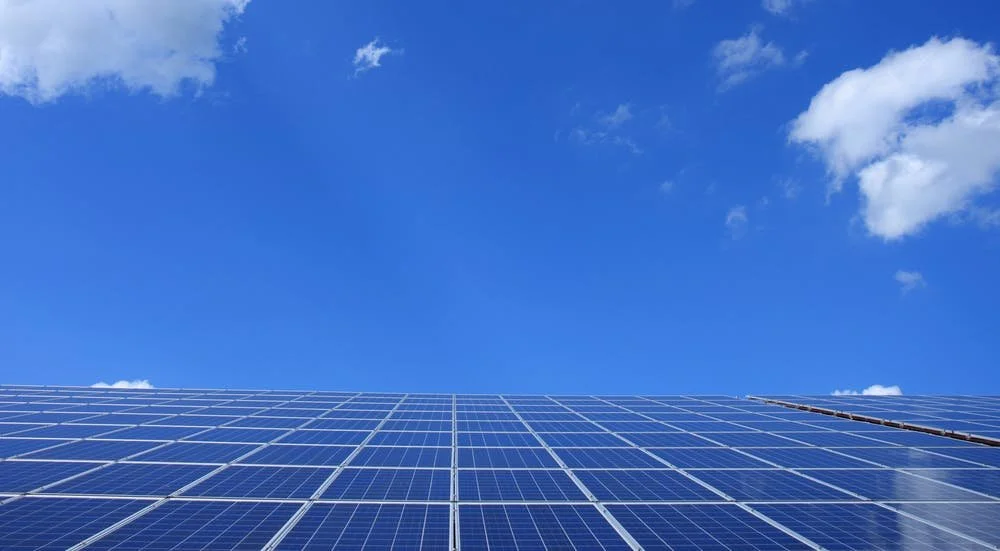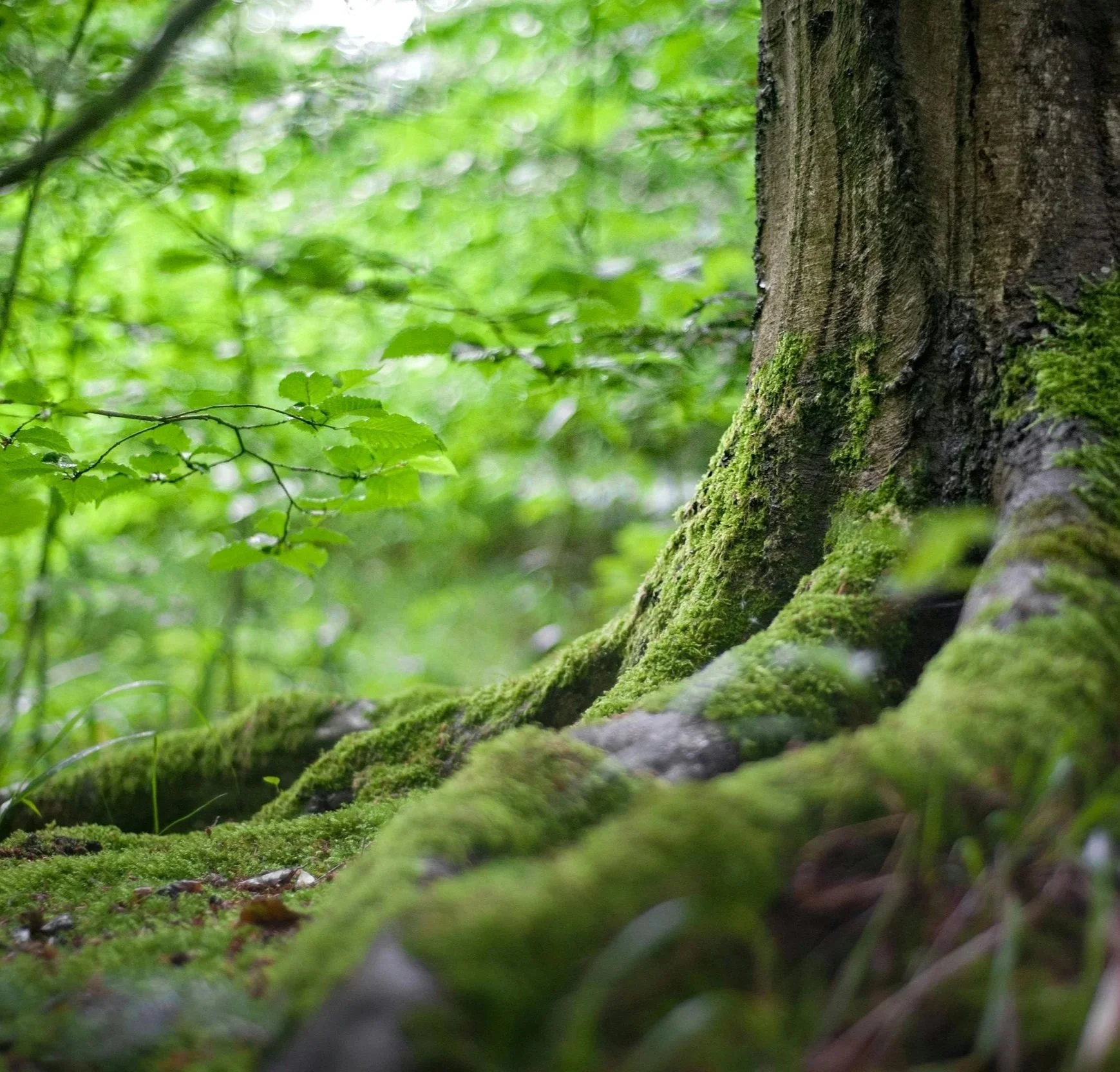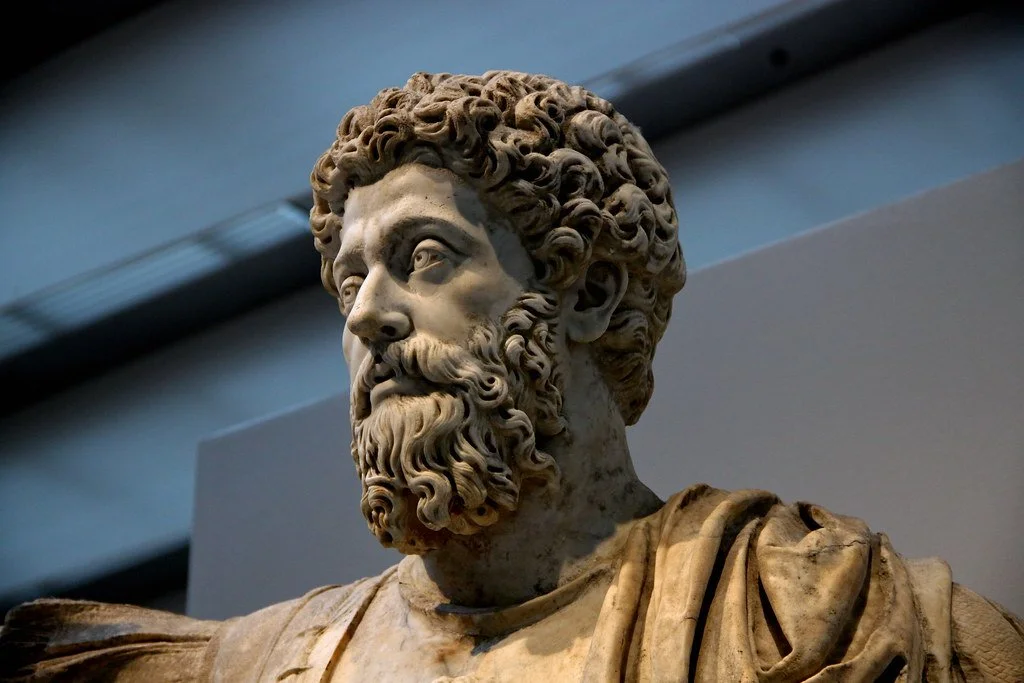A happier vision for the future
A lot of articles about the future lean on fear to spur action. But does fear inspire real change, especially when the danger isn't immediate? Looking at 40 years of climate negotiations with no progress, the answer seems clear: No! Fear might rally the already-converted, but it often breeds defeatism or hardens opposition.
Furthermore, these articles are often naïve, thermodynamically impossible, or take a narrow-boundary view and are blind to the wider system in which we live.
So I'm trying a different approach. Let's imagine what a thriving, sustainable civilisation might look like a hundred years from today, based on the trends and constraints I see. Then we can back-cast and maybe navigate our way through a complex near-term future.
~~~
It's 2125. The last one hundred years has been... interesting as we've moved from a massive economic machine eating the world, to a civilisation where everyone has a chance to thrive in some way. Compared to 2025, what's changed?
1. Energy is (nearly all) renewable.
This goes without saying because if carbon emissions had kept increasing, we wouldn't be here today. (Oil and gas production is not completely dead—roads still need to be repaired, for example—but it's smaller and forests suck up the emissions.) And where are the energy systems located? Close to where they are needed, so on roofs, along the old motorways that now only need one or two lanes for traffic, and on land that isn’t much use for anything else.
2. We use less energy.
This also goes without saying: you can't run the energy-intensive society of the 2020s on renewables. But considering how much of that energy was for things that are no longer needed, (like social media, six-continent supply chains), it's not like it's a reversion to the Middle Ages. That said, we do need to think about when we use energy, so work is now more closely aligned to natural cycles.
3. The population is re-balanced. The heavy lifting on population was done in the 20th century. By the 2020s fertility rates in many countries were below replacement due to education and empowerment of women (great!) and economic prosperity (good!). After that, cost of living (not so great), and highly pervasive endocrine-disrupting pollution from things like plastics (bad!), continued bringing fertility rates down. A smaller energy footprint also shrank populations, and to avoid the 10bn people hump that was projected, we accepted a natural rebalancing of death rates, changing our relationship with mortality for the better.
4. Everything is more local.
This is reversion to the historical mean and, again, is obvious given less energy. Manufacturing (and repair!) has predominantly been on-shored, and a lot of the food production has moved not just closer to, but into the cities.
5. More forests and wetlands.
We finally got off agricultural systems defined by bulk output and profit and moved to agro-ecological systems defined by nutritional output and wellbeing. So farms have more trees, which means better protection for crops and animals, diversity of production, more nutrients in the soil, higher nutritional yields, more micro-organisms that nucleate rain clouds, a more robust water cycle, more insects and biodiversity, more carbon sequestration.
Off the farm, disused land has been cultivated or rewilded, and wetlands and floodplains restored, putting city dwellers in closer touch with nature and their food.
6. Leadership finally evolved.
Electing politicians based on popularity, promises and (occasionally) policy worked about as well as you'd think, and it's amazing it took people so long to wake up to it. Today, national leaders are elected on their ability: to think integrally and see the world as a system, to present a realistic vision for the future, and to inspire people to follow them there. They are the best of us, not the most self-serving.
7. AI is a tool. It’s not a superintelligence and it didn't kill us. It turns out, when people are asked if they want to risk their existence and everyone else's on a technology (superintelligence) that would make someone else rich for just a moment, they said no. And they meant it. They took the power from the dark triad personality types just in time.
8. The economy today measures total wealth of the country, including the wellbeing of the people, the health of its environment and the state of its natural resources. GDP was a terrible measure of progress—better at measuring cost than benefit—that not even economists thought was any good. Once the politicians and opinion writers with narrow-boundary views were given the boot, GDP followed swiftly. Underpinning this is the realisation, penned over a century ago in the Earth Charter, that human development is about being more, not having more.
9. Maximising shareholder value is no longer the goal.
Generate profit, sure, but maximising shareholder value drives short-termism and ultimately leads to self-termination. Dan Davies, in The Unaccountability Machine, argues that the very concept arose from an article that tweaked Milton Friedman's original language of increasing profit, while 'fiduciary duty', a legal term, was co-opted into finance by people who wanted to sound smart.
10. Debt has more restrictions. Organisations that buy other companies have to guarantee the debt they take on, and not hide behind limited liability. This reduces the risk of getting bought out after a couple of bad quarters, allowing companies to think and invest longer term and not just to the next quarter. These last two moves have made a world of difference.
~~~
This vision isn’t naïve optimism, it’s grounded in physics, ecology, and human behaviour. The path there is neither smooth nor certain, but the destination is worth striving for. The question is: how will today’s choices in policy, design, and business shape the lives of those who come after us?
In the next part of this series, I’ll step from vision to practice: how cities, organisations, and designers can start building this better future now. If you’re working on shaping the built environment, designing future-proof systems, or rethinking strategy for a post-GDP world, I’d love to connect and talk about how to make this vision real.






